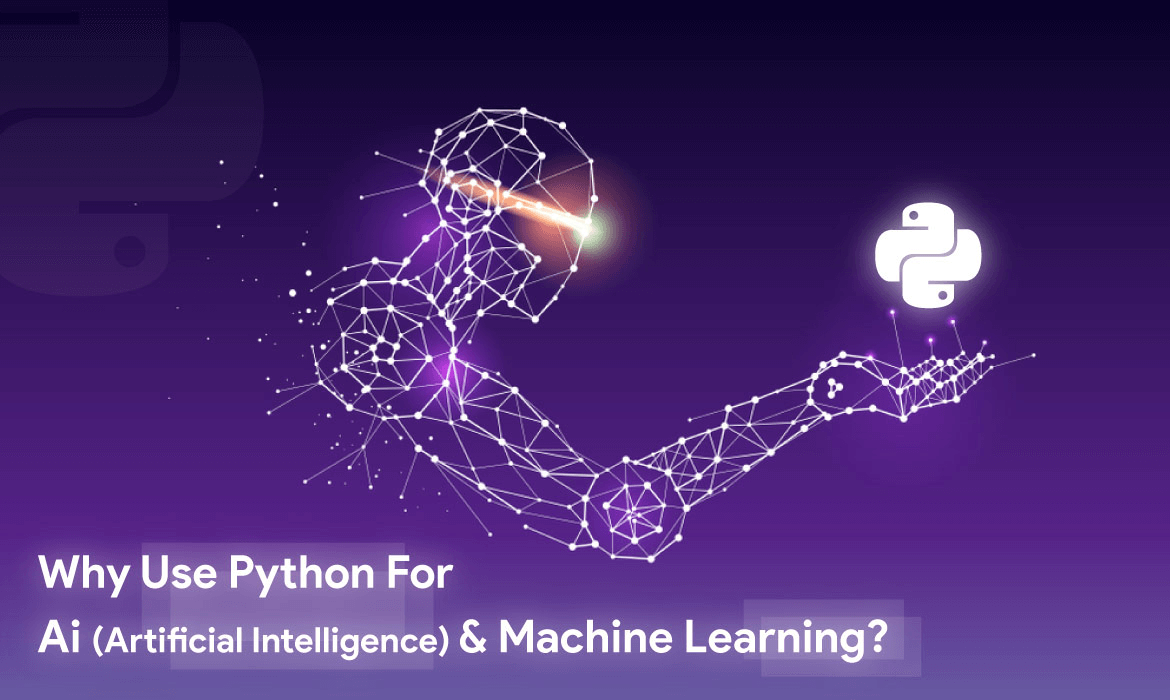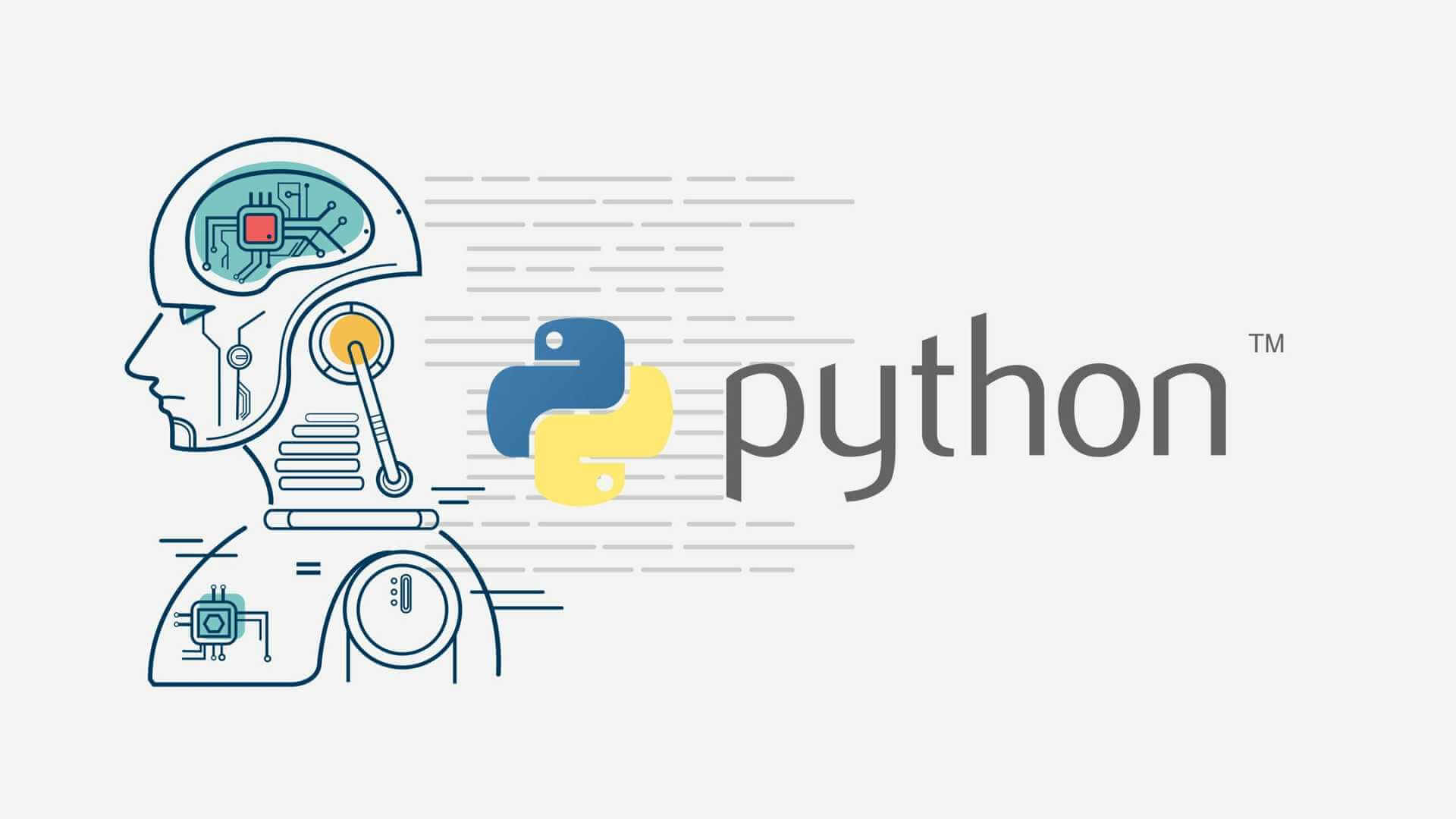Python: The Best Programming Language for AI
Python stands as the top programming language for artificial intelligence (AI) development. Its simplicity, versatility, and rich ecosystem of libraries make it a natural choice. From powering deep learning models to enabling data analysis, Python serves as a key tool for AI professionals. In this article, we explore why Python dominates AI development and how it enhances machine learning, data processing, and automation.
Why Python Dominates AI Development
Python’s dominance in AI stems from several important factors. The language is easy to learn, offers extensive support for libraries, and promotes rapid prototyping.
1. Ease of Use and Simplicity
Python’s syntax is clean and easy to read, allowing developers to focus on solving problems, not worrying about complex code. Its simplicity helps new programmers get started quickly and makes experienced developers more productive. When dealing with complex AI algorithms, Python’s straightforward code structure becomes a huge asset.
2. Wide Range of AI Libraries
Python’s vast ecosystem offers a variety of libraries specifically designed for AI tasks. Some of the most important libraries include:
- – TensorFlow: Google’s powerful library for building deep learning models.
– PyTorch: A favorite among researchers for its flexibility and ease of use in machine learning projects.
– Scikit-learn: A popular tool for traditional machine learning algorithms like regression, classification, and clustering.
– Keras: A user-friendly neural networks API that runs on top of TensorFlow, making model building easier.
These libraries allow developers to build AI applications quickly without reinventing the wheel. They offer pre-built functions for data manipulation, machine learning, and neural networks, enabling rapid development and experimentation.
3. Community and Support
Python boasts a vast and active developer community, which continuously enhances its AI tools. The large community means quicker problem-solving through forums, tutorials, and documentation. From beginners to experts, developers find Python’s community-driven resources incredibly helpful. This collaborative culture ensures Python remains up-to-date with the latest AI advancements.
Python’s Role in Machine Learning
Python plays a significant role in machine learning (ML) due to its flexibility and capability to handle large datasets. Below are a few critical uses of Python in ML:
1. Data Preprocessing
Before feeding data into machine learning models, you need to clean and format it. Python excels at data preprocessing. With libraries like Pandas and NumPy, you can easily manipulate data, remove noise, and transform it into the right format for AI models. These libraries also enable the handling of large datasets, crucial for deep learning tasks.
2. Model Building
Building AI models requires efficient and scalable frameworks. Python delivers this with libraries like TensorFlow and PyTorch. TensorFlow’s ability to perform distributed computing allows it to handle large-scale AI projects, making it popular for deep learning tasks. PyTorch, with its dynamic computational graph, offers flexibility for research and experimentation.
Python’s Scikit-learn library simplifies traditional machine learning algorithms, such as decision trees and support vector machines, making them accessible to developers of all levels.
3. Training and Testing Models
Training AI models involves processing data through layers of computations. Python’s fast numerical processing with NumPy and TensorFlow ensures that AI models learn efficiently. Additionally, Python supports parallel processing, allowing large-scale models to train faster on multiple processors. Testing and fine-tuning models become easier with Python’s visualization libraries like Matplotlib and Seaborn, which help developers see model performance clearly.

Python’s Best Functions for AI
Certain Python functions and tools are particularly well-suited for AI projects. These functions streamline coding processes and enhance performance.
1. Lambda Functions
Python’s lambda functions offer an efficient way to create small, anonymous functions on the fly. In AI applications, these functions help perform quick calculations without the need for larger, bulkier function definitions. For instance, in data preprocessing, lambda functions can quickly map or filter values from datasets.
2. List Comprehensions
Python’s list comprehensions allow for concise data manipulation. In AI, they streamline data processing by reducing the lines of code required to handle lists and arrays. With list comprehensions, developers can filter or transform data more efficiently, which is key when dealing with large datasets.
3. Decorators
Python’s decorators modify the behavior of a function without changing its structure. In AI, decorators come in handy when adding logging, managing memory, or handling exceptions in machine learning algorithms. They help keep the code clean while adding important functionalities behind the scenes.
4. Generators
AI projects often deal with large datasets that can overwhelm memory. Python’s generator functions tackle this problem by yielding data only when needed, rather than loading everything into memory at once. This lazy evaluation helps manage resources efficiently during the training of AI models.
Python for AI in Real-World Applications
Python is behind many real-world AI applications, from healthcare diagnostics to financial forecasting. Some key areas where Python shines include:
1. Natural Language Processing (NLP)
Python libraries like NLTK and SpaCy power NLP applications that allow machines to understand and generate human language. From chatbots to sentiment analysis, Python drives innovation in text processing.
2. Computer Vision
Python’s integration with OpenCV and TensorFlow enables AI models to process and interpret images and videos. In self-driving cars, facial recognition, and medical imaging, Python plays a crucial role in AI vision systems.
3. Automation and Robotics
Python also leads the field of automation. AI-powered robots rely on Python for programming logic, pathfinding algorithms, and interaction with hardware systems. Libraries like Robot Framework enable developers to build automated testing solutions that can improve efficiency and accuracy.
Python Reigns Supreme in AI Development
Python’s blend of simplicity, power, and community support makes it the ultimate choice for AI development. Its extensive libraries, fast learning curve, and wide range of real-world applications give it an edge over other programming languages. From data preprocessing to model building and automation, Python excels at every step of the AI development process.
Python continues to lead innovation in the world of artificial intelligence. So, whether you’re building machine learning models or exploring robotics, Python is your go-to tool for the best programming language for AI.








